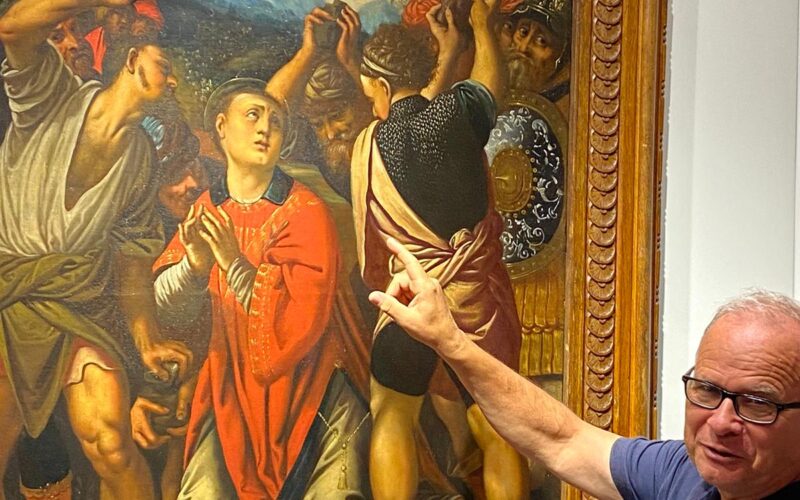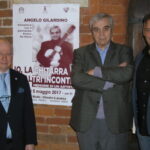In a world increasingly fascinated by speed and efficiency, art reveals itself as a sancta sanctorum of contemplation and intellectual meditation. The key that opens the doors of this sanctuary is the eye of the art historian, an attentive observer, wrapped in the cloak of wisdom and the thirst for curiosity. But what is it that these eyes seek, in the vastness of canvases and colors, in the intricate web of eras and styles?
We see, in this context, art as a stage of duality: birth and rebirth, the original and the novel, memory and concept. It is not merely a matter of optical projections or visual perception. Seeing, in the realm of art, is an intellectual and spiritual exercise. It requires a refined eye, capable of deciphering minute details, sometimes trivial to the common eye, and a subtle sensitivity, attuned to the harmony and disharmony that weave the fabric of a work.
And what of rediscovered works, forgotten treasures lying in the crypts of collecting? Take, for example, the contemporary copy of an archetype by Bernardino Lanino, “The Stoning of Saint Stephen,” an extraordinary find that reopened the doors of the past and inspired new iconographic interpretations. Like this painting, many other masterpieces emerge from the shadows of history, redeemed by the virtuosity of modern patrons and finally destined for public spaces, like the evocative halls of the Borgogna Museum in Vercelli.
Studies on period workshops and artists’ cartoons, like those kept at the Accademia Albertina in Turin, act as Ariadne’s threads in a labyrinth of artistic enigmas. They reveal collaborative dynamics, stylistic influences, and origins of works, offering a retrospective look at the mechanisms of creative genius.
In penetrating the mystery of a work, technology can be a magnifying glass, capable of deciphering the composition of materials, chronology, and provenance. However, art is more than a sequence of scientific facts; it is a visual poem, a timeless dialogue between the creator and the observer. Like in a symphony, each artistic element gains meaning in relation to the context and the expectations generated.
In the end, what does it mean to ‘know how to see beyond’? It means understanding that every work, even one that investigation proves to be a replica of a pre-existing model, is a window onto a lost past and a precious testimony. It is a leaf torn from the book of art history, a piece in the mosaic of human culture. In this perspective, even the discovery of a single painting, perhaps still anonymous, becomes a significant contribution to the history of an artist, his workshop, and, ultimately, the artistic landscape in its entirety.












